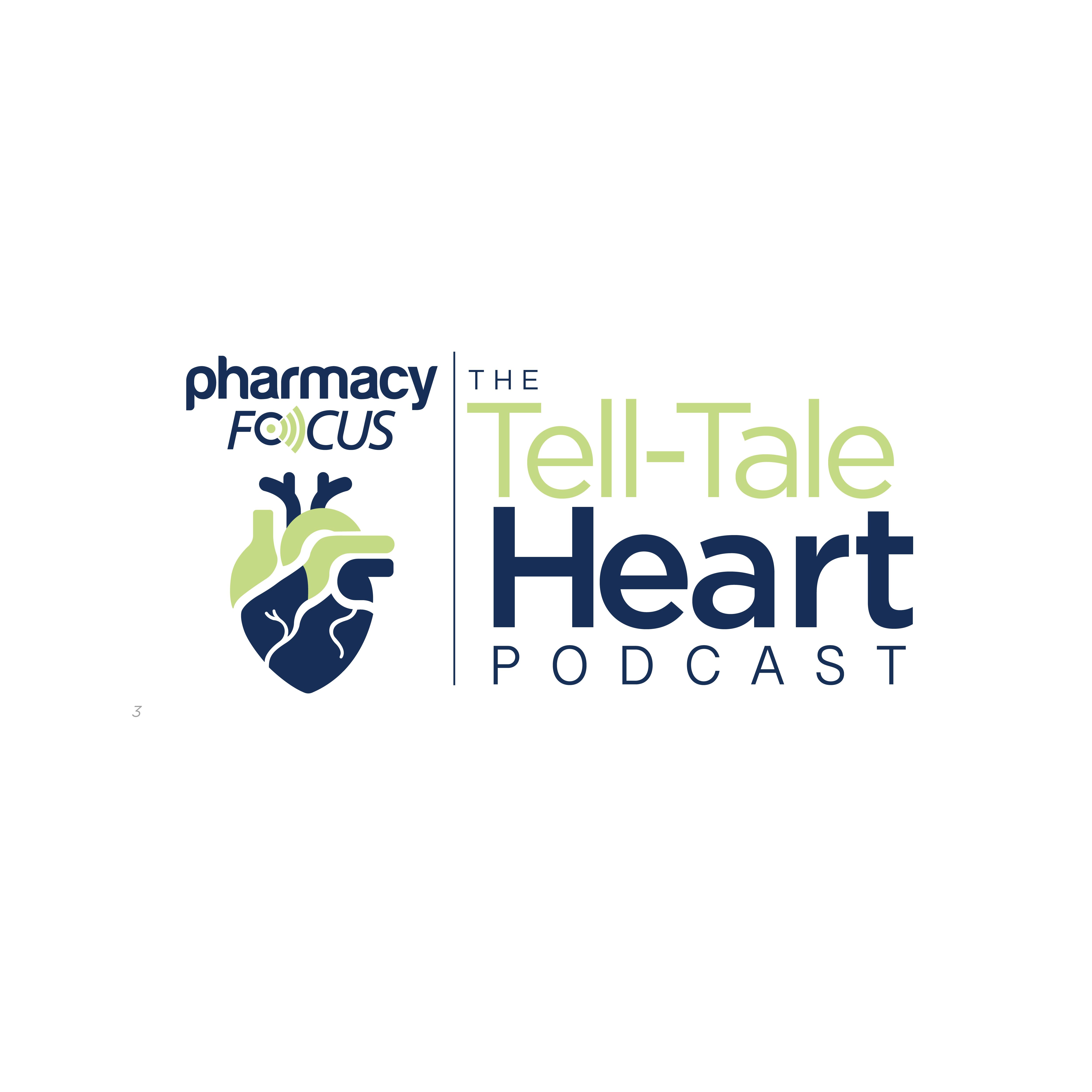News
Article
Highest SMM Rates in Pregnant People With Chronic Hypertension and Preeclampsia, Preeclampsia Alone
Author(s):
Key Takeaways
- Chronic hypertension and preeclampsia are major contributors to maternal-neonatal morbidity and mortality, necessitating effective management strategies.
- The study found the highest SMM rates in patients with preeclampsia, regardless of chronic hypertension status.
The prevention of preeclampsia may reduce severe maternal morbidity (SMM) risk in pregnant people.
Image credit: Halfpoint | stock.adobe.com

Both chronic hypertension and preeclampsia are leading risks for maternal-neonatal morbidity and mortality. Some other severe maternal morbidity (SMM) indicators include heart, kidney, and liver disease; however, prior studies have not excluded patients who have pre-existing diseases that define SMM, therefore, it is unclear whether chronic hypertension specific to preeclampsia influences SMM risk. Authors of a study published in JAMA Network Open aimed to determine SMM rates and estimate relative risks that are associated with hypertensive disorders of pregnancy among patients with or without chronic hypertension without pre-existing vascular or end organ diseases.
This retrospective cohort study utilized longitudinal health data from electronic health records that contained information from patients who lived within a community-based, integrated health care system in northern California. A total of 263,518 pregnant participants were selected and enrolled in the study cohort. These individuals did not have pregestational heart, kidney, or liver disease entering prenatal care at the time of 14 weeks’ gestation or earlier, and delivered a singleton stillbirth or live birth in 2009 to 2019. Data were analyzed between February 2022 and March 2024.
A total of 5 joint subgroups combining chronic hypertension status and the hypertensive disorders developing during pregnancy, were included and defined by the following: chronic hypertension with superimposed preeclampsia (1); chronic hypertension and no preeclampsia (2); no chronic hypertension with preeclampsia (3); gestational hypertension (4); and no chronic hypertension and no preeclampsia or gestational hypertension (5; reference group).
The main outcome of the study as was SMM rate at delivery hospitalization (reported as cases per 10,000 births) using the CDC’s criteria (≥1 of 21 indicators to define SMM) obtained from electronic health records. Regression models were used to SMM associated with the chronic hypertension and developing hypertensive disorders of pregnancy groups compared with the reference group. Adjustments were made for clinical, sociodemographic, social, and behavioral covariates.
The analysis included a total of 263,518 pregnant patients with a mean age at delivery of 31.0 years. Among this population, 249,892 participants did not have chronic hypertension (approximately 4.7% developed preeclampsia) and the remaining 13,626 did (approximately 31.5% developed superimposed preeclampsia). The investigators observed that the highest SMM rates occurred in the no chronic hypertension with preeclampsia (934.3 [95% CI, 882.3-988.3] cases per 10,000 births) and the chronic hypertension with superimposed preeclampsia (898.3 [95% CI, 814.5-987.8] cases per 10,000 births) groups. Additionally, lower SMM rates were observed in the chronic hypertension and no preeclampsia (195.1 [95% CI, 168.0-225.2] cases per 10,000 births), gestational hypertension (312.7 [95% CI, 281.6-346.1] cases per 10,000 births), and no chronic hypertension and no preeclampsia or gestational hypertension (165.8 [95% CI, 160.6-171.2] cases per 10,000 births) groups (P < .001). Compared with the no chronic hypertension and no preeclampsia or gestational hypertension group, risks of SMM were notably higher for those with chronic hypertension with superimposed preeclampsia (aRR, 4.97 [95% CI, 4.46-5.54]), no chronic hypertension with preeclampsia (aRR, 5.12 [95% CI, 4.79-5.48]), chronic hypertension and no preeclampsia (aRR, 1.17 [95% CI, 1.003-1.36]; P = .046), and gestational hypertension (aRR, 1.78 [95% CI 1.60-1.99]).
One limitation of the study, according to the authors, include the lack of blood pressure levels recorded during pregnancy, which may influence the risk of SMM. Additionally, economic deprivation was gathered from neighborhood-level data rather than individual-level resources, therefore, there may be residual or unmeasured confounding that could affect risks for patients with and without hypertension. Despite the limitations, the authors emphasized that these findings demonstrate a need to prevent and control chronic hypertension both before and during pregnancy to help mitigate morbidity.





